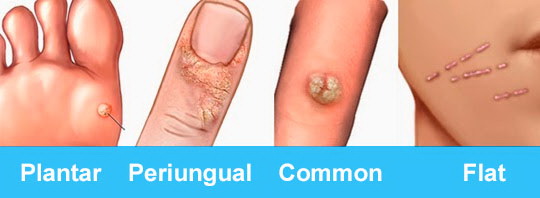Aesthetic Dermatology Moles, Warts & Oil Seeds


Moles, Warts & Oil Seeds Solutions
Get the look you desire with Da Vinci Medical
Moles
Most people have 10 to 40 moles on their skin. You probably have more than one on face and body. Moles are common skin growth, most moles are harmless and nothing to worry about. You don’t need to remove a mole unless it bothers you. But if you do not like the way it affects your appearance, or if it causes irritation on rubbing against your clothes, removing the mole is a practical option.

The moles you absolutely need to consider removing are the ones that change. Any differences in a mole’s color, size, or shape could be a warning sign of skin cancer. Consult our expert doctors for a checkup.
Warts
Warts are small lumps that often grow on the skin of the hands and feet. These growths of the skin are very common and non-cancerous, they are caused by infection of a virus. Warts can differ in appearance. Most often warts will be round or oval shaped and have a hard, scaly surface with a small black dot (called a seed) in the centre of each spot. This black dot is due to a small clotted blood vessel. There are several different types of wart and they can develop as a single wart or in clusters. Different types of warts are more likely to affect different areas of the body. For example, a verruca is a type of wart that commonly develops on the sole of the foot. If the skin on the soles of your feet is damaged, you may be more vulnerable to verrucas. Warts are common in children and teenagers of school age, but can affect otherwise healthy adults. Warts are more common in people with weakened immune systems. Most people will have a wart at some point in their life.

Warts are caused by certain strains of the human papilloma virus (HPV). HPV is a family of viruses of which there are more than 100 different strains. The virus usually affects the skin and mucosa (the moist membranes) of the body causing an excess amount of keratin (a protein) to build up in the top layer of the skin (epidermis). This extra keratin in the epidermis produces the hard, rough texture of the wart and it is in these skin cells that the virus can be found.
Oil Seeds
Milia seeds also known as oil seeds are white or yellowish bump, keratin-filled (same stuff found in your nails) cysts that are about 2 millimetres in width and form just under the skin. Although they are not dangerous and are painless, they usually develop around the nose and eye regions and can be persistent and linger around for a while.
Heavy oil-based skincare or makeup products should be avoided by those who are prone to milia seeds. When excessive oil accumulates, dead skin builds up and the oils gets trapped in the pores near the surface of the skin. As most milia seeds occur near your eyes, either on the lids or under-eye skin, I wouldn’t suggest to remove it on your own. Milia seeds occur usually deep below the skin’s surface. It’s not like a pimple that you can squeeze or pop it. Neither do milia seeds fall off on their own. They do not disappear after a few days.

Our approach
Our team of experts have the medical knowledge and aesthetic understanding to determine the treatment that can let you get rid of these skin conditions. A successful treatment at Da Vinci Medical Clinics will lead you into a more comfortable and confident life.


